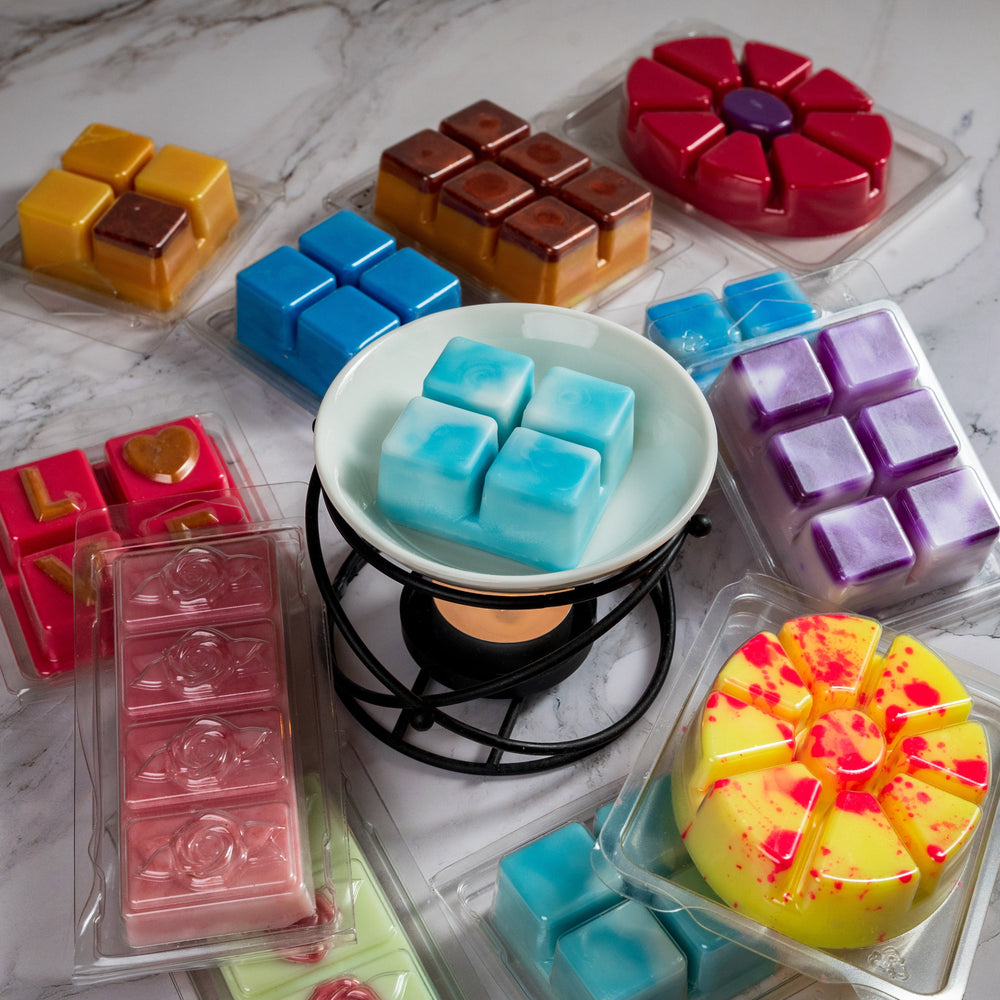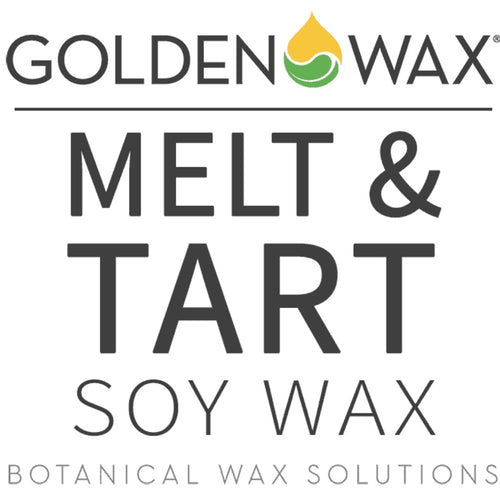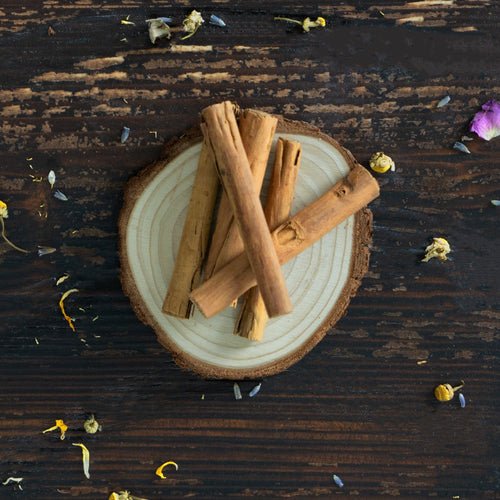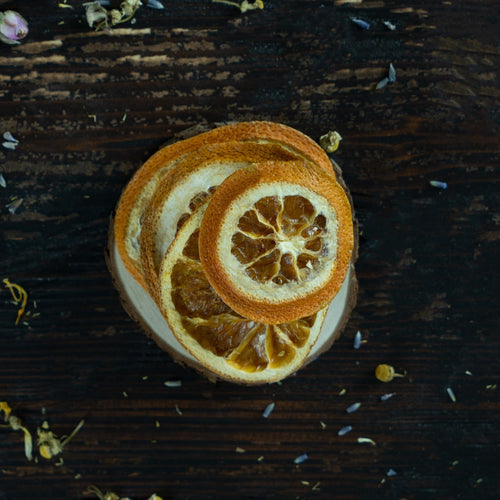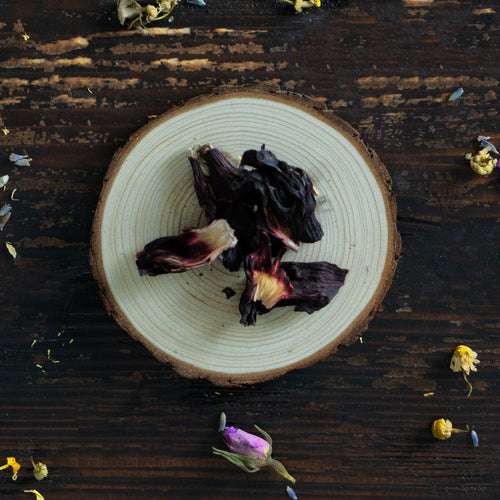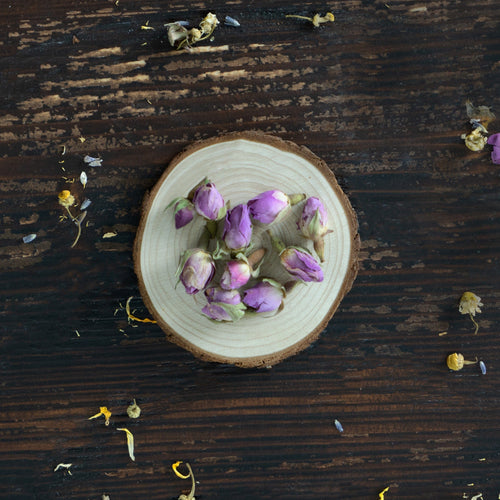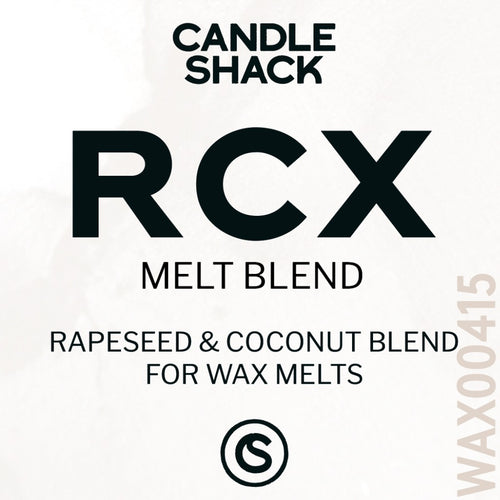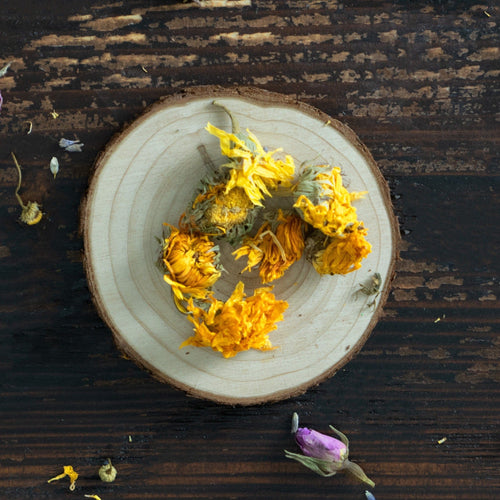Finding the right fragrance for you
Picking a fragrance is a very personal choice and with so many fragrances available, it can feel overwhelming. Here’s a quick way to help guide you.
First, decide if you want to use fragrance oils or essential oils. Essential oils are made from natural ingredients. Fragrance oils are made from synthetic fragrance molecules.
Then think about the type of scents you like. We have grouped them in 4 categories: citrus and fresh, floral, fruity, and Oriental and woody. Once you’ve decided on a category, scroll through its catalogue and read its products’ scent card. They will tell you all the notes and aromas that are present in that fragrance.
Ensuring it can be used in a Wax Melt
Once you have found a fragrance you like, it’s important to check if it can be used in a diffuser and at which concentration. To do so, open its product page and click on the Fragrance & Product SDS button. Then, look for that fragrance’s IFRA certificate file and find the category 12 (this relates to the legally allowed concentration for wax melts). This will tell you if the scent can be used in a wax melt and its maximum concentration.
